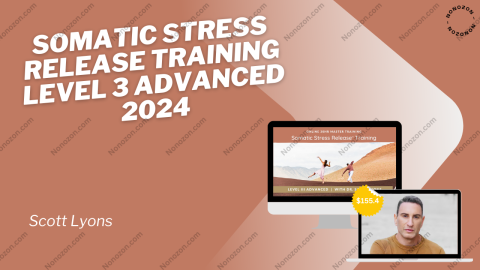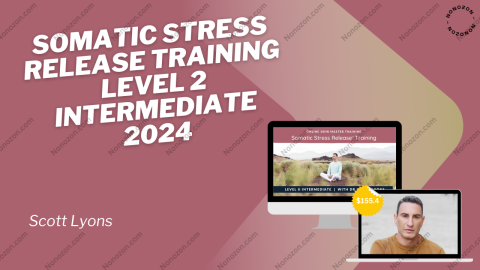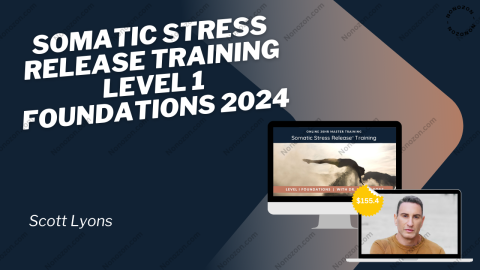Chirodontics - A Multi-Disciplinary Approach to Cranial~Dental Orthopedics and Health
by Exceptional Dental
Chirodontics: A Multi-Disciplinary Approach to Cranial-Dental Orthopedics and Health
Check proof of content here:
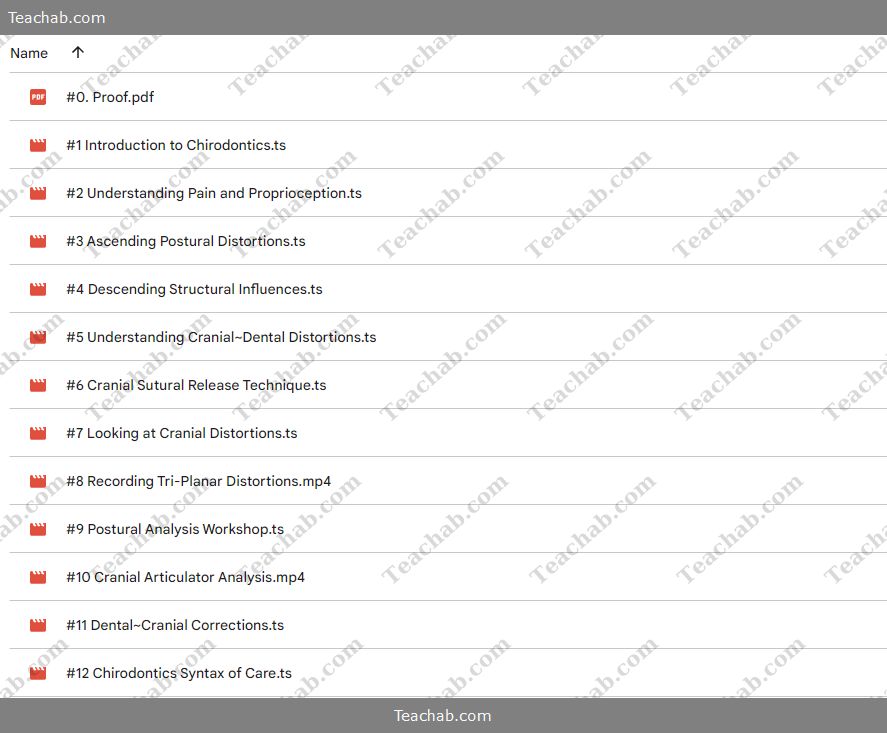
Introduction
Within the broad spectrum of healthcare, the concept of interconnectedness holds significant meaning. This idea forms the foundation for chirodontics, an innovative multi-disciplinary approach pioneered by Dr. Robert Walker in 1987. Chirodontics integrates chiropractic and dental care to address the complexities of cranial and dental orthopedics. Much like an intricately woven tapestry, where every thread plays a vital role, this approach is grounded in the belief that the human body operates as a unified system. Therefore, an imbalance in one area—particularly the cranial structures—can ripple throughout the body, affecting musculoskeletal and neurological health. This philosophy seeks to untangle the complex web of health issues by highlighting the crucial interaction between dental and chiropractic factors for more effective treatment.
Understanding Chirodontics
The Historical Context
Chirodontics was conceived by Dr. Robert Walker in response to the fragmented treatment approaches common in the late 20th century. Traditional healthcare often treated dental health separately from overall physical well-being, resulting in incomplete care. Dr. Walker introduced an integrated model recognizing the interconnectedness of bodily structures. According to this framework, conditions such as temporomandibular joint disorder (TMD), headaches, and craniofacial pain often arise from deeper structural imbalances that require a combined approach of chiropractic and dental interventions.
Principles of Chirodontics
At its foundation, chirodontics is guided by several core principles:
Holistic Assessment: Evaluating the patient by considering the head, neck, and dental structures as an interconnected system rather than isolated parts.
Structural Integrity: Recognizing that correcting misalignments in cranial bones can positively impact dental health, and vice versa.
Multidisciplinary Collaboration: Promoting teamwork among chiropractors, dentists, and other healthcare professionals to deliver comprehensive patient care.
This holistic approach prioritizes prevention and the maintenance of systemic balance over simply treating symptoms, encouraging a culture of proactive health management.
Instant Download Chirodontics - A Multi-Disciplinary Approach to Cranial~Dental Orthopedics and Health by Exceptional Dental
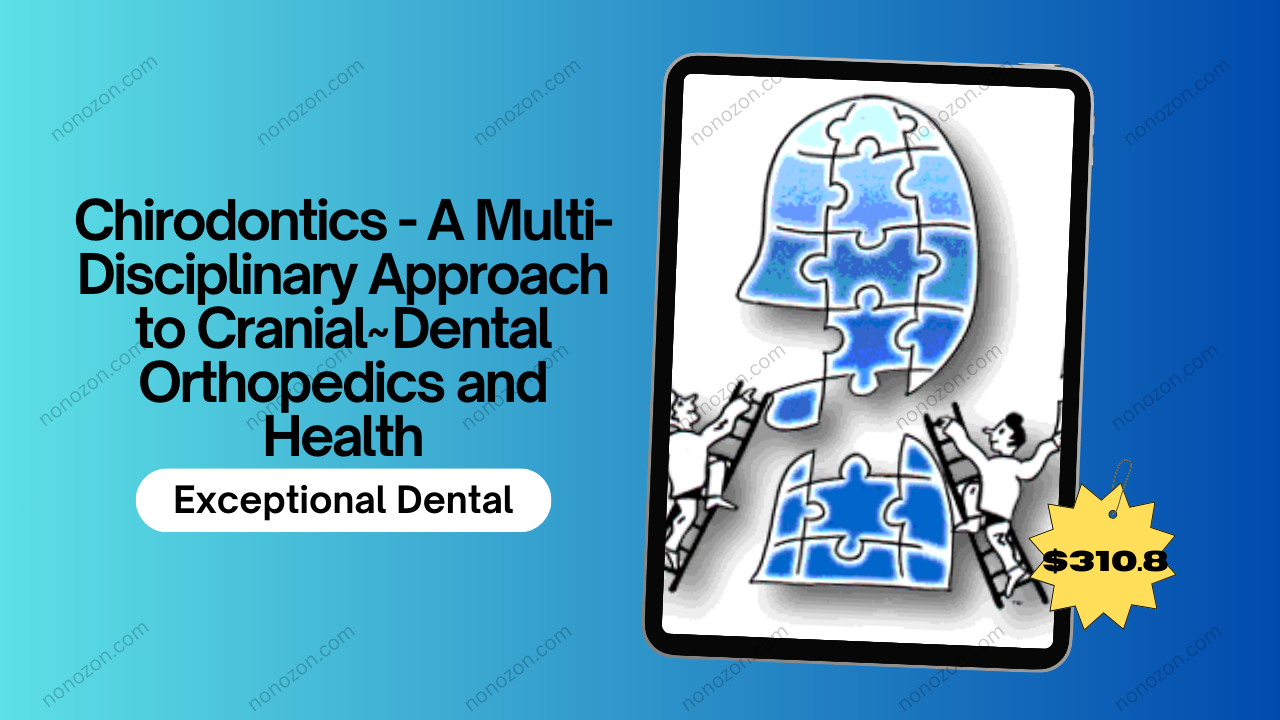
The Role of Education
Education is a cornerstone in advancing chirodontics. Specialized courses for healthcare providers focus on equipping practitioners with the knowledge and skills to address a wide range of disorders. Educational content includes:
Fundamentals of body mechanics
Techniques in dental orthopedics
Cranial manipulation methods
Clinical nutrition insights
By fostering these competencies, chiropractors and dentists are better prepared to collaborate effectively, ultimately enhancing patient outcomes.
Clinical Applications of Chirodontics
Integrative Approaches to Health Problems
Chirodontics finds practical application in several clinical contexts. Disorders such as TMD, chronic headaches, and persistent jaw pain have shown marked improvement under a chirodontic treatment approach. For example, a study published in the Journal of Craniofacial Surgery demonstrates that combined dental and chiropractic therapies lead to significant pain reduction and improved function, confirming the effectiveness of this multidisciplinary care.
Examples in Practice
Temporomandibular Joint Disorder (TMD): Treatment often includes jaw realignment paired with chiropractic manipulation of the cervical spine to relieve associated muscular tension.
Headaches: Identifying cranial triggers allows practitioners to integrate dental corrections with neck therapies, effectively reducing headache frequency and severity.
Testimonials from Professionals
Practitioners in this field frequently share transformative patient experiences. For instance, Dr. Sarah, a chiropractor, noted that a thorough evaluation that incorporates dental history alongside musculoskeletal assessment results in more accurate diagnoses and better treatment plans. One patient under her care experienced dramatic relief from chronic headaches after receiving combined cranial and dental postural adjustments, highlighting the powerful synergy of this approach.
Holistic Philosophy in Chirodontics
Beyond Symptom Relief
A distinguishing feature of chirodontics is its focus on correcting underlying structural imbalances instead of merely alleviating symptoms. In an age where holistic health is increasingly valued, this approach resonates strongly with patients seeking deeper healing and body awareness.
Practitioners adopting this philosophy aim to build meaningful connections with their patients, emphasizing that health restoration is as much about education and empowerment as it is about treatment. By raising awareness about body mechanics and systemic relationships, patients are encouraged to take an active role in their health journey.
Nutrition’s Role in Overall Wellness
Nutrition is an integral part of the chirodontic model. Educational programs delve into how diet impacts cranial and dental health, exploring:
Vital Nutrients: Calcium, Vitamin D, and Magnesium are emphasized for bone and dental integrity.
Dietary Components: Antioxidants and Omega-3 fatty acids are linked to reduced inflammation and enhanced wellness.
Combining nutritional guidance with chiropractic and dental care creates a truly comprehensive treatment strategy addressing the whole person—body, mind, and spirit.
Challenges and Future Directions
Navigating Integration
Despite its clear advantages, implementing chirodontics faces challenges, notably the need to foster collaboration among diverse healthcare providers. Traditional professional silos can hinder seamless integration between chiropractic and dental disciplines.
Nevertheless, progress is underway. Ongoing interdisciplinary education and initiatives promoting cooperative care are gradually breaking down barriers, encouraging a more unified approach to patient treatment.
Research and Development
The future of chirodontics hinges on continued research. Emerging studies exploring the relationships between cranial structural health and dental function are helping solidify the scientific foundation of this multidisciplinary model. For example, clinical trials investigating the effects of cranial manipulation alongside orthodontic treatments promise valuable insights, paving the way for wider acceptance among both chiropractic and dental practitioners.
Conclusion
Chirodontics represents a forward-thinking vision for healthcare—one where patient care is enriched by integrating multiple disciplines into a cohesive system. This innovative approach acknowledges the body as a harmonious entity, where every component affects and supports the others. By bridging traditional divides between dental and chiropractic care, practitioners expand their ability to address root causes rather than just symptoms. As healthcare continues to evolve, chirodontics is positioned to deliver profound benefits, improving patient quality of life through a thoughtful, comprehensive approach to wellness.


